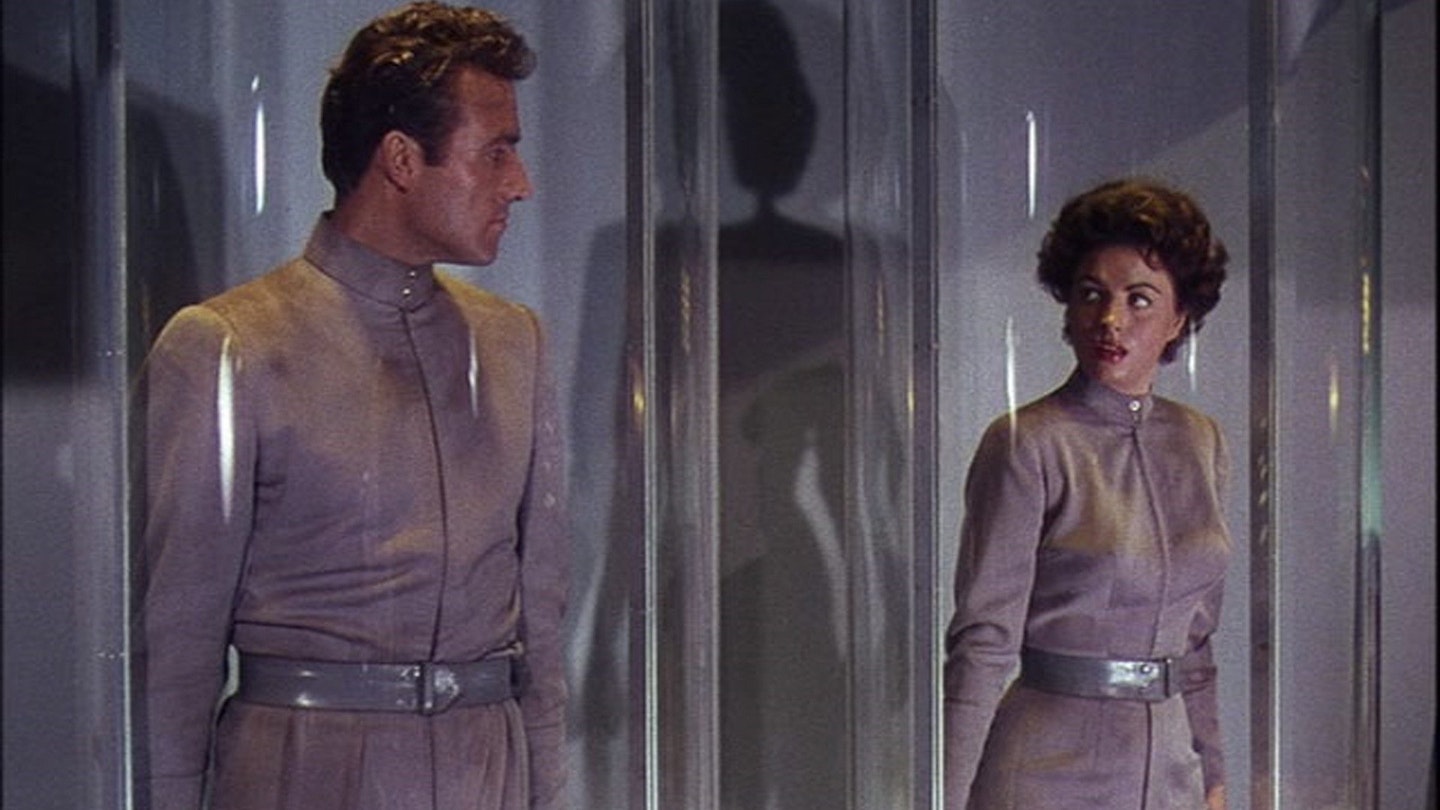At 8pm on Sunday, 30 October, 1938, CBS presented The War Of The Worlds, as part of its Mercury Theatre On The Air series. The opening lines, of a show that was to cause nationwide panic and carve itself a niche in entertainment history, were delivered by the play's star and director, Orson Welles "We now know that in the early years of the 20th Century, this world was being watched closely by intelligences greater than man's and, yet, as mortal as his own." Clearly these words lodged in the memory of Welles' assistant director that night, William Alland. Best known on screen for playing the investigative reporter in Citizen Kane, Alland had abandoned an unremarkable acting career to turn producer with the inexpert Gothic thriller, The Black Castle. Recognising that horror was a bankrupt genre, he moved into science fiction and enjoyed a modicum of success with It Came From Outer Space and the 3D classic The Creature From The Black Lagoon before acquiring the rights to Raymond Jones' novel, This Island Earth.
Alland would go on to produce such B-movie standards as Revenge Of The Creature, The Deadly Mantis and The Colossus Of New York. But never again would he chance upon such a fortuitous coincidence of topical theme, technical aplomb and thespian credibility. Nine years after President Truman ended World War II with an atomic assault on Japan, America put into commission the first controlled fission reactor. Instead of being a destructive menace, nuclear power was suddenly being hailed as the fuel of the future and a source for good, and it was this potential that underpinned the narrative logic of This Island Earth.
However, this was just about the only shred of science fact present in Joseph M. Newman's film. Much of the far-fetched fantasy came from the fevered brain of screenwriter Edward G. O'Callaghan, who was replaced for the later drafts by Franklin Cohen. O'Callaghan, for example, devised the idea that Dr. Cal Meachum (played by the ludicrously monikered Rex Reason) should be some sort of latterday alchemist, who could turn lead into uranium. He was also behind the concept of the versatile neutrino beams which not only had the power to pass through planets, but were also capable of destroying or transporting matter at will.
But, if the science was flawed, the gadgetry was unrivalled in its ingenuity and inconsequence. Take the interociter, which Meachum constructs from a myriad of mysterious components. A cubic cabinet with a triangular screen plonked on top, this was not merely a communication device, but also an intelligence test, via which Exeter (Jeff Morrow) invites Meachum to join him, along with other handpicked boffins, at a top-secret rural location.
No sooner has Meachum arrived, by neutrino-powered plane, than the interociter and its blueprints are destroyed. But, then, everything at Exeter's
mansion seems to be disposable, including Dr. Steve Carlson (Russell Johnson), who is slaughtered shortly after serving his sole purpose of disseminating to Meachum and his colleague, Dr. Ruth Adams (Faith Domergue) the vital information that Metalunians have a habit of brainwashing those who cross them.
Naturally, the pair try to escape, only for their plane to be swept onboard Exeter's spaceship by another burst of neutrino waves. There they learn about Metalunia facing destruction at the hands of its hostile neighbour, Zahgon, unless a source of uranium can be found to replenish the planet's
supply and his FX assistant, Stanley Horsley, created a place of desolate grandeur that has rarely been equalled in almost half a century. Its destruction, in a sequence directed by Jack Arnold, is almost heartbreaking.
Less imposing, although more fondly remembered, is the Mutant, which was detailed by Metaluna's tyrannical ruler, the Monitor, to prevent the earthlings from abandoning the planet to its fate. Reportedly costing $24,000, Eddie Parker's costume would have been little more than a reinforced rubber suit were it not for the genius of make-up maestro, Bud Westmore.
Already the film is heading off on its fourth different plotline and there are still plenty more to come, as the ship lands on the eerily barren planet, with its underground cities and hideous insectoid workforce. Unfortunately, Cal and Ruth spend so little time here that the glorious matte paintings, hand-drawn animations and full-scale models are gone before they can be savoured. Using the soon-to-be-outmoded three-strip Technicolor process, cinematographer Clifford Stine designed the fly-like head with its split, protruding brain matter (subsequently pilfered for the huge bonces of the Mighty Mekon and the aliens in Mars Attacks!).
